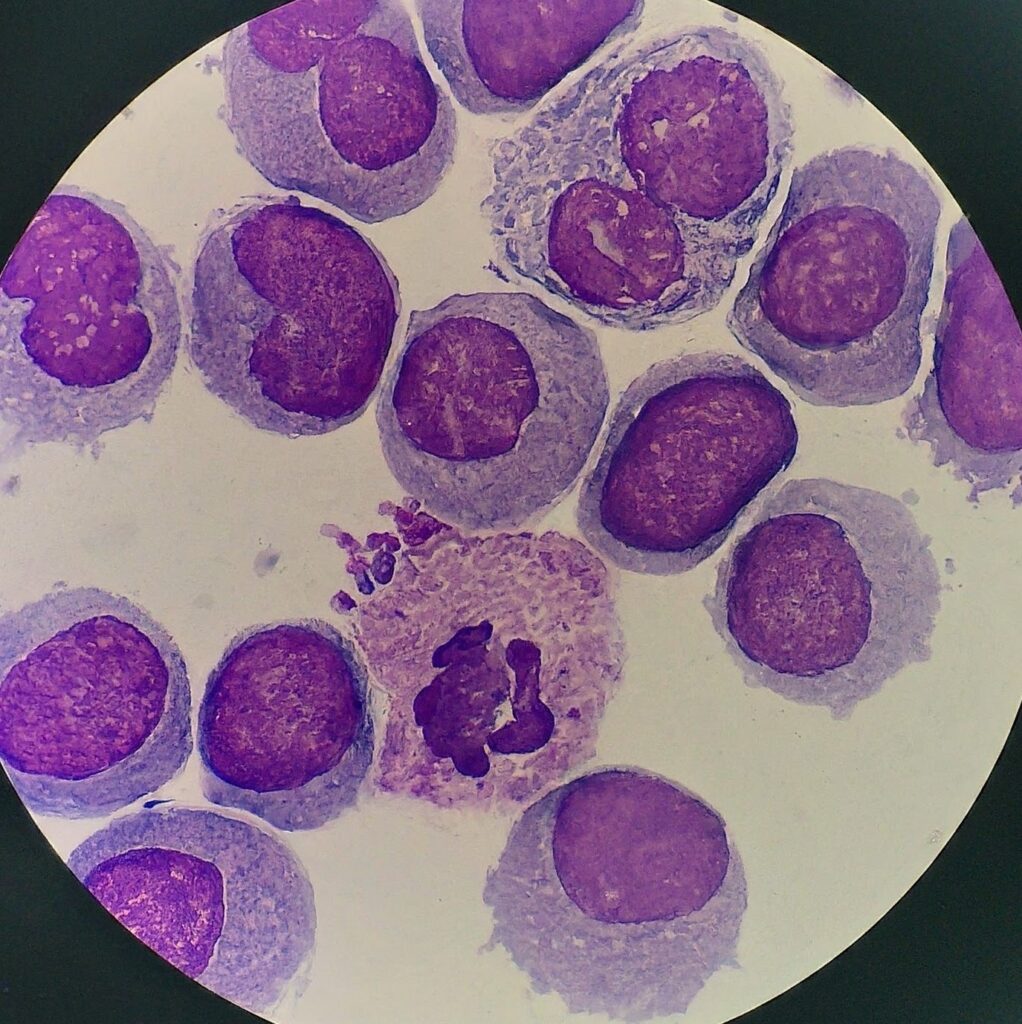The Food and Drug Administration (FDA) has approved the combination of daratumumab and hyaluronidase-fihj (Darzalex Faspro, Janssen) with bortezomib, lenalidomide, and dexamethasone for the induction and consolidation treatment of newly diagnosed multiple myeloma patients eligible for autologous stem cell transplant (ASCT).

Image Source: Vinoth Khandelwal
This approval was based on the results of the PERSEUS trial (NCT03710603), an open-label, randomized, active-controlled study. The application received priority review status, utilizing the Assessment Aid to streamline the FDA’s evaluation process. The expedited review highlights the serious nature of multiple myeloma and the potential of this combination therapy to meet an unmet medical need.
Darzalex Faspro combines daratumumab, a monoclonal antibody targeting CD38 on myeloma cells, with hyaluronidase-fihj, an enzyme facilitating subcutaneous administration. This formulation allows for a more convenient and less invasive delivery compared to intravenous infusions, enhancing patient comfort and compliance.
The PERSEUS trial enrolled 709 patients, all aged 70 years or younger, with newly diagnosed multiple myeloma eligible for ASCT. Participants were randomized into two groups: 355 received Darzalex Faspro with bortezomib, lenalidomide, and dexamethasone (VRd), while 354 received VRd alone.
The primary efficacy outcome was progression-free survival (PFS), assessed by an independent review committee using the International Myeloma Working Group (IMWG) response criteria. The results showed a significant improvement in PFS for the Darzalex Faspro-VRd group compared to the VRd group. Notably, the median PFS had not been reached in either group, but treatment with Darzalex Faspro-VRd reduced the risk of disease progression or death by 60% (HR [95% CI]: 0.40 [0.29, 0.57]; p < 0.0001).
The FDA’s approval of Darzalex Faspro in combination with VRd for newly diagnosed multiple myeloma patients eligible for ASCT represents a significant advancement in treatment options, promising improved progression-free survival and a manageable safety profile. This combination therapy offers a new hope for patients, providing an effective and convenient option to combat this challenging disease.
Dr. Vinoth Khandelwal, Ph.D.
Disclaimer
The editors take care to share authentic information. In case of any discrepancies please write to newsletter@medness.org
The sponsors do not have any influence on the nature or kind of the news/analysis reported in MedNess. The views and opinions expressed in this article are those of the authors and do not necessarily reflect the official policy or position of MedNess. Examples of analysis performed within this article are only examples. They should not be utilized in real-world analytic products as they are based only on very limited and dated open-source information. Assumptions made within the analysis are not reflective of the position of anyone volunteering or working for MedNess. This blog is strictly for news and information. It does not provide medical advice, diagnosis or treatment nor investment suggestions. This content is not intended to be a substitute for professional medical advice, diagnosis, or treatment. Always seek the advice of your physician or another qualified health provider with any questions you may have regarding a medical condition. Never disregard professional medical advice or delay in seeking it because of something you have read on this website.
MedNess is a part of STEMPeers® which is a 501(c)(3) organization registered in PA as PhD Career Support Group. The organization helps create a growing network of STEM scientists that is involved in peer-to-peer mentoring and support.



